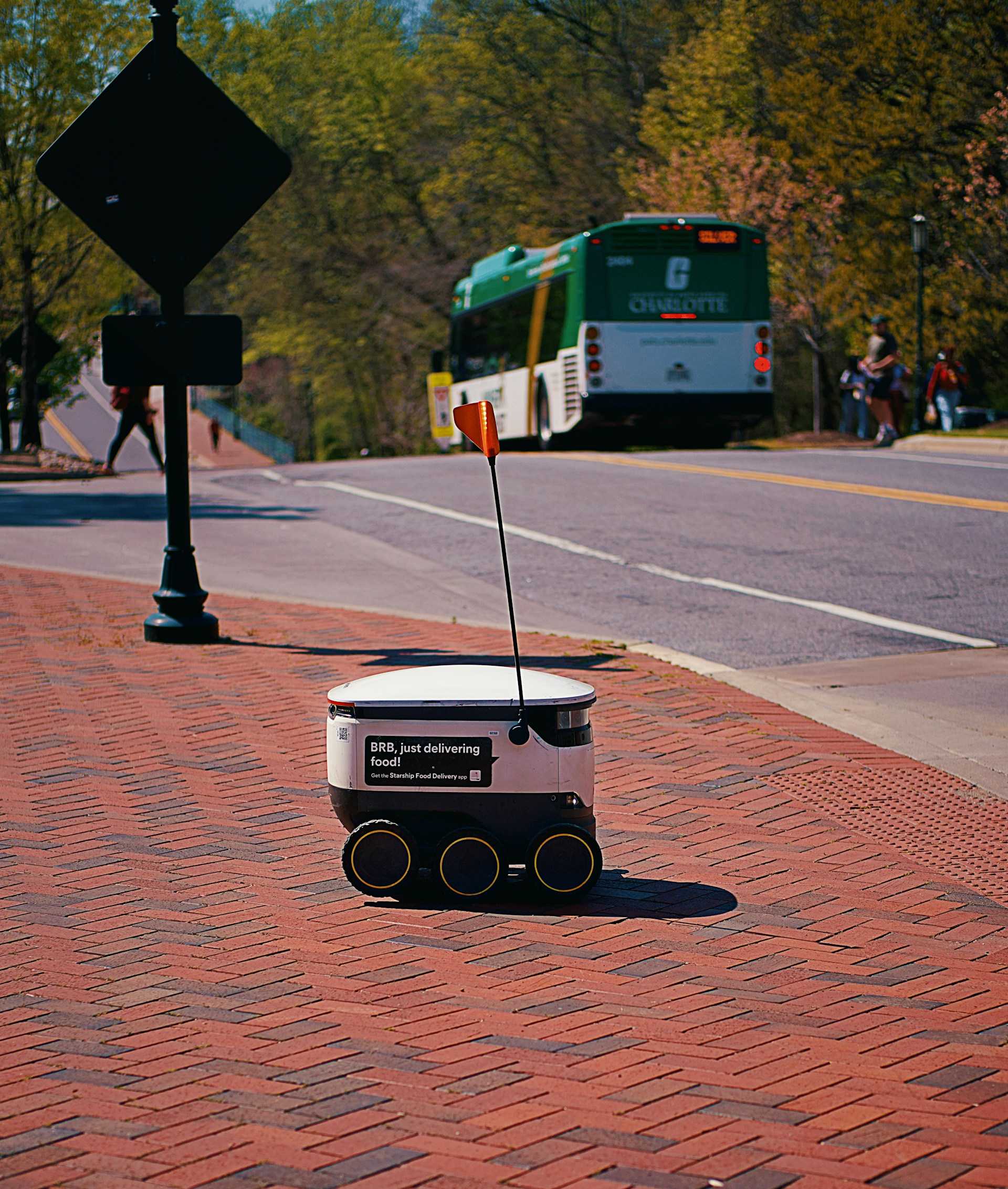
Public-area mobile robots: Economic Impacts and Municipal Readiness
This presentation explores the Urban Robotics Foundation’s work bridging the critical gap between innovation and implementation of public-area mobile robots (PMRs). As ground-based autonomous systems operating in dynamic, semi-structured environments, PMRs represent the third evolutionary wave in mobile robotics following industrial (1985) and warehouse (2000) applications. Despite technological readiness, PMRs remain confined to small deployments and trials due to regulatory, infrastructural, and social integration challenges. The talk outlines URF’s multifaceted approach through ISO standards development, municipal guidebooks, and stakeholder collaboration to prepare cities for safe, accessible PMR deployment. Key considerations include traffic management, accessibility, social integration, and urban livability as robot density increases. The presentation emphasizes that successful PMR integration as a critical element of urban infrastructure for economic development requires balancing technological innovation with regulatory frameworks—illustrated by URF’s principle: “Without standards, no industry; without regulations, no deployment.” This collaborative approach helps municipalities realize PMRs’ potential benefits while addressing complex challenges of integrating autonomous systems into public spaces.
About the Speaker

Bern Grush
Bern Grush
Bern Grush is the Executive Director of the Urban Robotics Foundation and project lead for the draft technical standard ISO/DTS 4448 Public-area mobile robots. Since 2002, Bern has been involved with transportation-related innovation, standards, and regulatory research for road pricing, parking management, automated vehicles, and now the robots designed to clean and inspect sidewalks, deliver groceries, secure neighbourhoods, operate autonomous wheelchairs at hospitals and airports, and scrub floors at the mall. In 2002, he founded Skymeter Corporation to develop in-car metering for autonomous road and parking pricing, and in 1980, PCI Geomatics to develop AI for image analysis systems for earth-imaging satellites. He holds degrees in Human Factors Psychology from the University of Toronto and Systems Design Engineering from the University of Waterloo.








